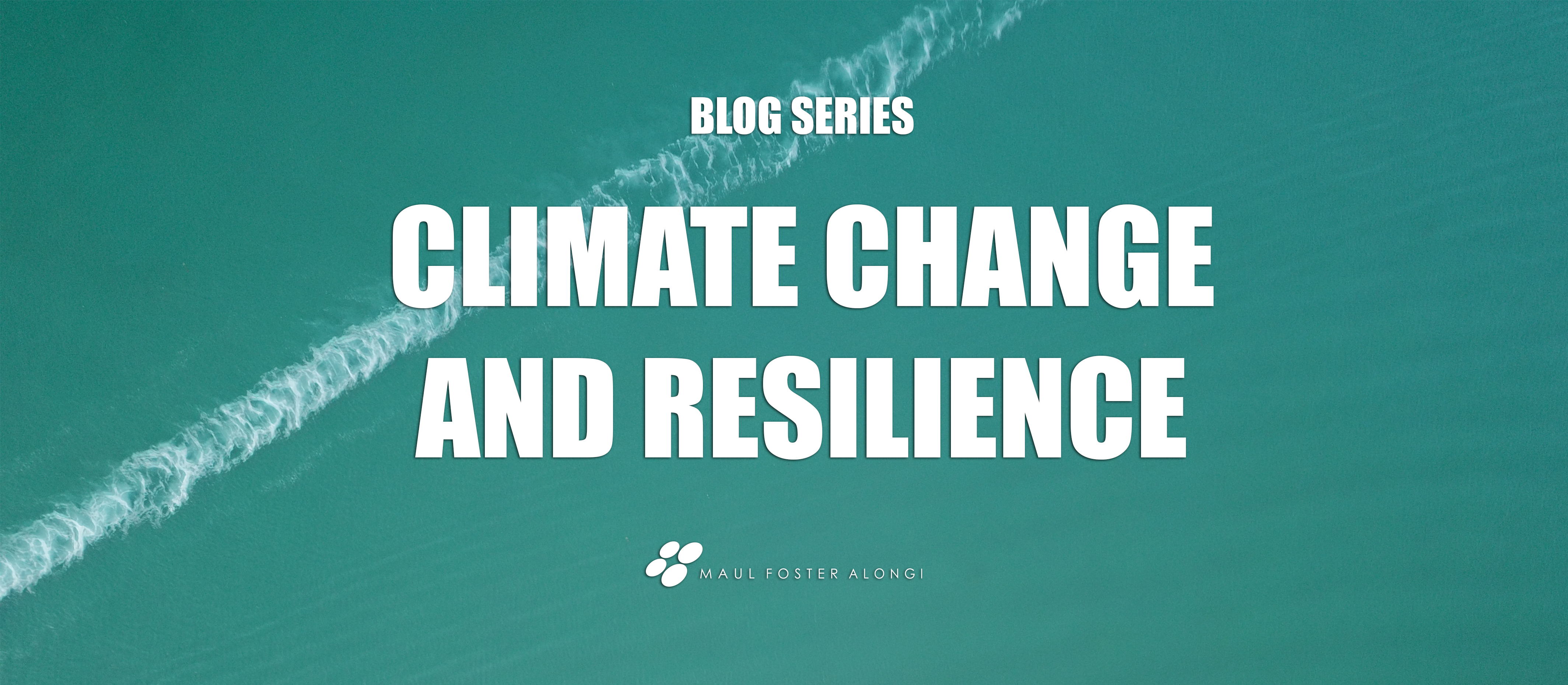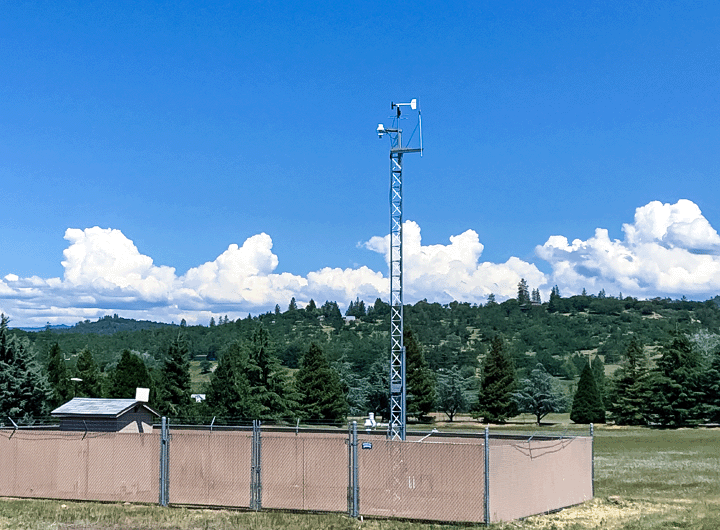Thought Leadership
Mitigation vs. Adaptation: Two Fundamental Approaches to Climate Resiliency

This post was originally written by Michael Tarbert, former MFA Staff Engineer.
Maul Foster & Alongi uses data and science to serve communities throughout the Pacific Northwest. We solve challenging and complex problems in service to our clients and encourage others to do the same. As part of our Climate Resiliency Initiative, MFA is evaluating appropriate frameworks, tools, and datasets to best serve our clients and communities to create more robust adaptation strategies with lasting impacts.
Our engineers and scientists are working to integrate more climate-conscious services and inform clients on best practices for incorporating sustainability into their project plans. We know that climate change is here. The effects are becoming widespread and occurring more quickly than initially predicted.
As part of our efforts to adopt and share climate-resiliency best practices, we are beginning a Climate Change and Resilience blog series—welcome to our first post! In this blog post, we will dive into the two fundamental approaches to climate resiliency: mitigation and adaptation. In doing so, we hope you learn something new, begin to think about how you can incorporate these approaches into your own communities and professions, and engage with us in conversation as we work toward sustainability.
Let us start with the basics: what is the difference between mitigation and adaptation?
Mitigation reduces the emission rate of greenhouse gases to the atmosphere and, in some cases, even removes them. Adaptation alters ‘business as usual’ decisions to account for current and modelled changes. Both approaches aim to sustain anthropogenic systems and productivity. In some instances, we can use both approaches in tandem to more efficiently combat and reduce the harmful effects of climate change. Let’s look at each of these approaches in greater detail.
Mitigation
Greenhouse gas emissions are contributing to changes in the earth’s climate systems, impacting temperature, precipitation, and sea levels. Mitigating climate change means either lessening the output of climate-altering gases or enhancing parts of the environment that trap these gases (these are called “carbon sinks”).
Many of MFA’s projects are already considered carbon sinks—restoring wetland habitat, planting trees, and other landscape upgrades all help with sequestering carbon. However, mitigation is more than just sequestering carbon; it also requires changing our habits and educating each other to become ‘climate-smart’ to reduce our collective carbon footprint.
Mitigating climate impacts by reducing your own carbon footprint is simple. Even taking the bus to work makes a difference. The transportation of people and goods accounts for 29 percent of total U.S. greenhouse gas emissions.¹ Investing in more efficient forms of transportation is important to abate emissions and create an economy (supply and demand) to reduce the cost of these alternatives, making them more available to all persons no matter their income level.
It is also important to reduce the number of trips that have carbon outputs. MFA has taken steps to assist employees in reducing their carbon footprint, including providing ORCA bus passes for Seattle-area employees; upgrading computer systems to allow employees to efficiently work from home; and providing bike parking, showers, and locker rooms to encourage employees to bike to work and also participate in the Bike More Challenge.
Adaptation
For the past 12,000 years, the global climate has been stable and a considerable contributor to our society’s advancements.² Until now, our civilizations and supporting systems have been designed under the assumption that the level of stability would not change. These assumptions, in many cases, are no longer valid. Climate scientists are grappling with further assessment, including reevaluation of more recent events and modeling of future scenarios to estimate new parameters.
For instance, in the past 100 years, our oceans have risen 6 to 8 inches³—a rate unparalleled when compared to the last couple thousand years. The impacts from this relatively small rise include coastal inundation, saltwater intrusion, and higher tides, resulting in damage to and loss of land, habitat, and infrastructure.
Adaptation is the decision to recognize the status quo is changing, then actively plan for a range of future climate scenarios. Many of MFA’s projects have design lives ranging from 20 to over 100 years. Unfortunately, there is no standard method to assess for adaptation.
Follow Along
Stay tuned for more posts on climate resiliency. Send us your comments or questions through our contact form—we’d love to hear your thoughts on this topic. For more resources on adaptation and mitigation, visit these trusted sources:
Sources:
1 https://www.c2es.org/content/u-s-emissions/
2 https://climate.nasa.gov/solutions/adaptation-mitigation/
3 https://www.globalchange.gov/browse/indicators



